WHAT'S THE PLAN?
To find out what we are looking to do, take a look at the video here and have a read through the information you’ll find below.
If the video doesn’t play in your browser, click here
Enclosed dry anaerobic digestion system to reduce odour
Central to our proposed development is the installation of Dry Anaerobic Digestion (or Dry AD). This is similar to our current system of in-vessel composting where organic material is placed inside sealed containers like that you see in the photo to the left. Here the material starts to decompose before being laid outside in rows (called Windrows; see photo below) where the process is completed. However, with Dry AD, much more of the decomposition takes place inside the sealed containers. This means that odours are captured and treated leading to a significant reduction in odour release.
We propose to install two Dry AD units that will complement our existing systems.
For more information about the Dry AD process, click here.
Generating renewable fuel & energy
The Dry AD technology will allow biomethane to be captured from the treatment process which will be used as a biofuel and to supply green gas to the grid.
Some of this biomethane will be used to fuel our fleet of trucks which will result in a 20% reduction in emissions from our road transport. The remainder will be provided back to the national grid, providing renewable energy and a displacement of fossil fuels, contributing to the UK’s target of net zero emissions by 2050.
Read more about the UK's Net Zero Emissions Law. Click here
Rather than using fossil fuels to generate heat to power the Dry AD process we are proposing to install a small-scale Healthcare waste Energy Recovery Facility (HERF). This facility will create ultra-high temperatures – around 1,200 degrees C, providing the heat to power the Dry AD process.
Recovered heat
Small-scale Healthcare waste Energy Recovery Facility
Unlike our current in-vessel system where heat is generated naturally through the decomposition process, Dry AD requires additional heat to optimise the process. Ordinarily, this would be an energy-intensive requirement drawing power from the grid or burning fossil fuels such as wood to provide that heat. However, our proposed development will generate that heat on site by means of a small-scale energy recovery facility whilst at the same time treating a type of waste that the UK is currently struggling to find sufficient capacity to cope with in a sustainable manner - healthcare waste.
Healthcare waste cannot be re-used or recycled, leaving only incineration or landfill as disposal options. Incineration sits higher on the Government Waste Hierarchy (i.e. is more preferable) than landfill. Heat from waste material is a more sustainable alternative to burning wood or drawing fossil based energy from the grid.
CO2 capture & nutrient pellet production
Nutrient pellets are little nuggets of natural goodness that, when added to fields along with traditional compost, boost yields and the quality of produce.
We’ll be making these on site using organic waste from the Dry AD process. These pellets offer a 90% reduction in carbon dioxide equivalent emissions compared to traditional chemical based fertilisers, further boosting our commitment towards zero emissions.
This fits with government policy for carbon capture, Net Zero by 2050 and the transition to the new farming incentive scheme (ELMS) which will reward farmers for more sustainable farming practices.
